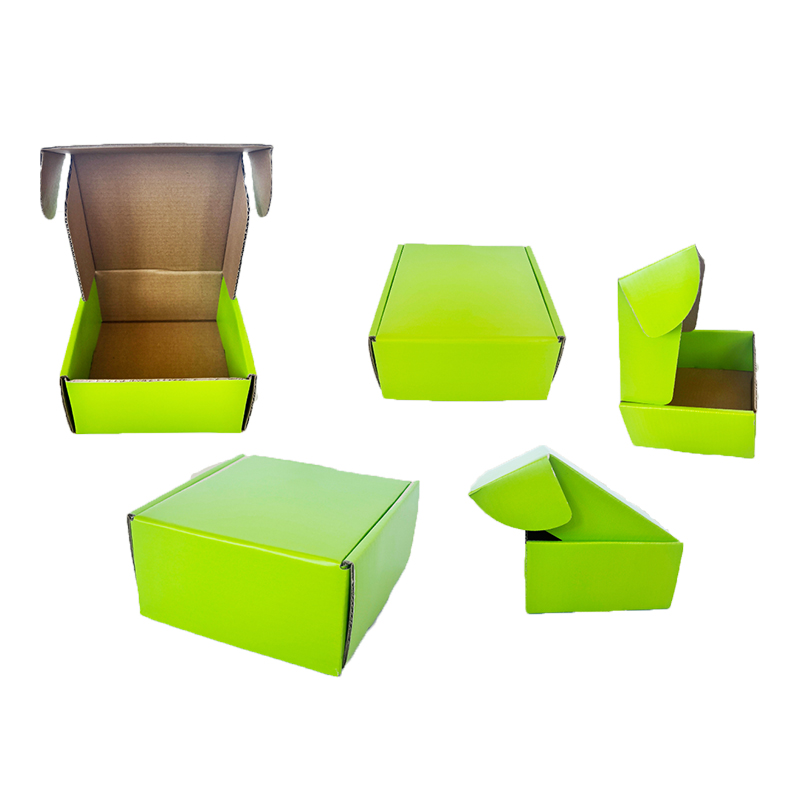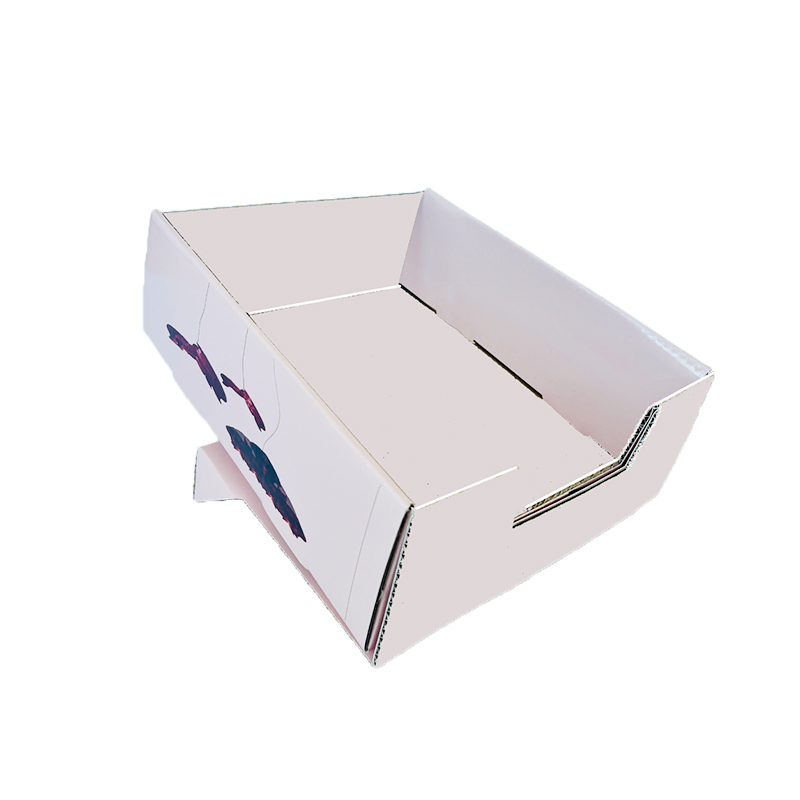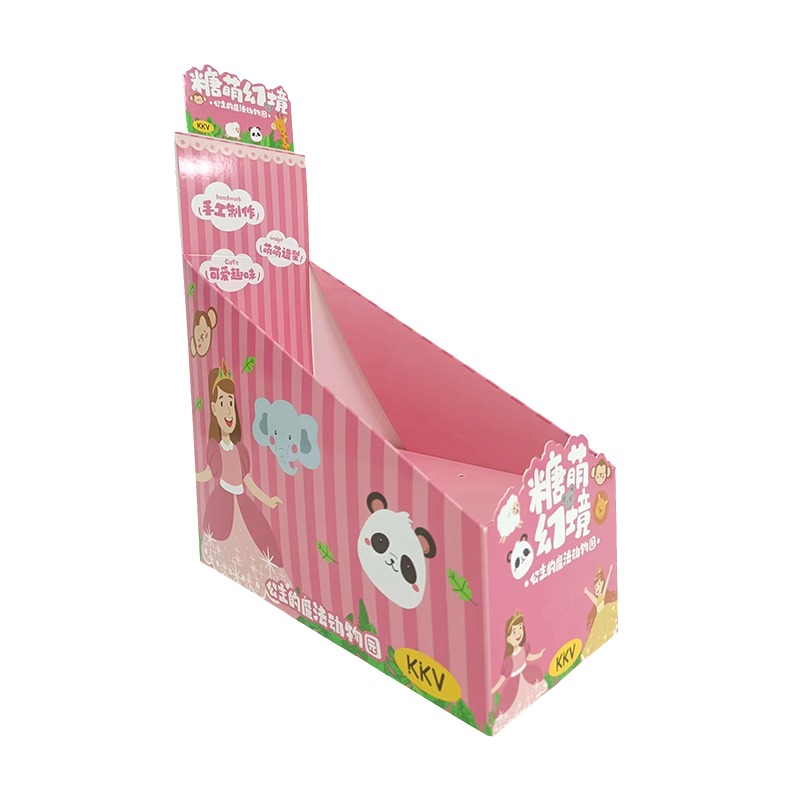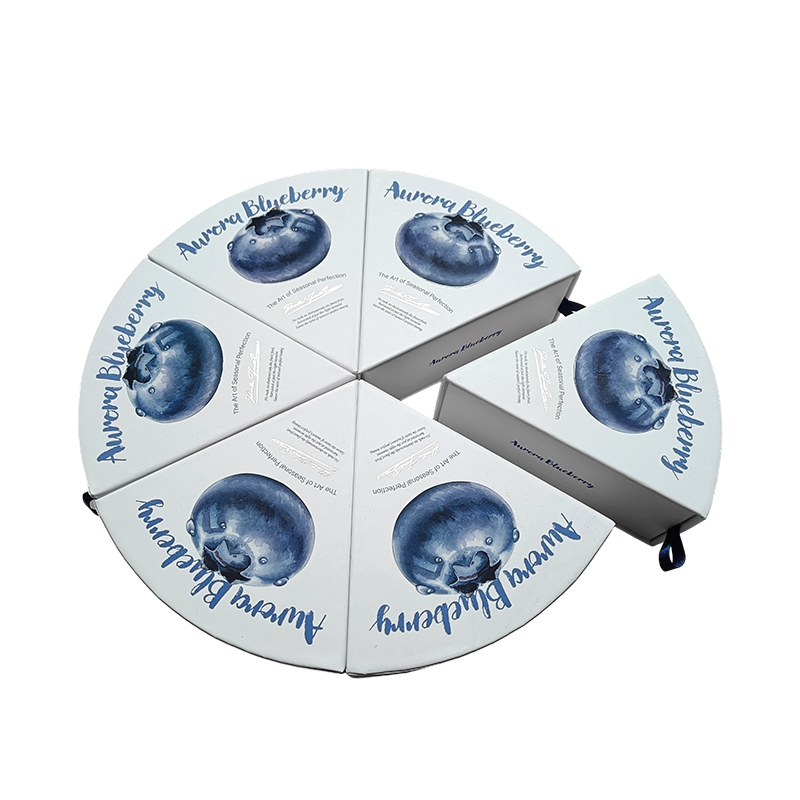In the competitive retail environment, PDQ display boxes serve dual purposes: captivating customers visually while providing robust physical support for products. The structural integrity of these displays is paramount, as inadequate load-bearing design can lead to catastrophic failures at the point of sale. Understanding how to engineer heavy-duty PDQ boxes based on specific product weight requirements ensures your displays remain stable, secure, and visually appealing throughout their retail lifecycle. This comprehensive guide explores the critical engineering principles behind creating structurally sound PDQ displays that balance aesthetic appeal with functional durability.

400g white card printing and re-brightening film, lollipop PDQ paper display box
Fundamental Principles of Weight Distribution in PDQ Box Design
Effective load-bearing design begins with understanding how forces distribute throughout a PDQ display box structure. The fundamental physics of weight distribution determines where reinforcement is needed most and how to prevent common failure points. Proper distribution ensures that no single component bears disproportionate stress, significantly extending the display's functional lifespan and maintaining product security.
- Center of Gravity Management: Position heavier products lower in the display and closer to the structural center to prevent top-heavy configurations that increase tipping risk.
- Vertical Load Transmission: Design internal structures that channel weight directly downward through vertical supports to the reinforced base, avoiding lateral stress on side panels.
- Multi-Point Support Systems: Distribute product weight across multiple contact points rather than concentrating pressure on small areas, which is crucial for weight-specific PDQ packaging containing dense items.
- Shear Force Mitigation: Incorporate diagonal bracing or corner reinforcements to counteract horizontal forces that can cause racking or collapse during handling and transportation.
Material Selection Based on Product Weight Categories
The choice of corrugated material forms the foundation of any structural PDQ box design, with different flute profiles and board combinations offering varying levels of strength and durability. Selecting the appropriate material based on your product's specific weight ensures optimal performance while avoiding over-engineering that unnecessarily increases costs.
- Single-Wall Corrugated (B-Flute/C-Flute): Ideal for lightweight products under 5 pounds, offering excellent printing surfaces with moderate stacking strength for standard retail applications.
- Double-Wall Corrugated (BC-Flute/EB-Flute): Suitable for medium-weight products between 5-15 pounds, providing enhanced compression strength and durability for multi-tier displays.
- Triple-Wall Corrugated: Reserved for heavy-duty applications with products exceeding 15 pounds, offering maximum stacking strength and impact resistance for industrial or automotive parts.
- Solid Bleached Sulfate (SBS) Board: Used for premium lightweight displays requiring superior printing surfaces, often reinforced with internal corrugated supports for added stability.
Corrugated Material Strength Comparison
Understanding the performance characteristics of different corrugated materials is essential for selecting the right substrate for your custom PDQ boxes. This comparison table outlines key specifications to guide material selection based on product weight requirements.
| Material Type |
Max Weight Capacity |
Stacking Strength |
Common Applications |
| B-Flute Single Wall |
Up to 5 lbs |
Good for 2-3 layers |
Cosmetics, small electronics, accessories |
| C-Flute Single Wall |
5-10 lbs |
Good for 3-4 layers |
Software, books, medium consumer goods |
| BC-Flute Double Wall |
10-20 lbs |
Excellent for 4-6 layers |
Small appliances, multiple product units |
| EB-Flute Double Wall |
15-25 lbs |
Superior for 5-7 layers |
Automotive parts, tools, dense retail products |
| Triple Wall |
25+ lbs |
Exceptional for 7+ layers |
Industrial components, heavy promotional items |
Critical Structural Reinforcement Techniques
Beyond material selection, specific engineering techniques significantly enhance the load-bearing capacity of PDQ display boxes. These reinforcement strategies address common failure points and distribute stress throughout the structure, creating displays that maintain integrity under substantial weight and prolonged retail use.
- Internal Corner Braces: Install triangular corrugated supports at all interior corners to prevent racking and distribute weight evenly across joint areas, a crucial feature for heavy-duty PDQ boxes.
- Vertical Rib Supports: Incorporate strategically placed vertical ribs along side panels and internal dividers to increase compression strength and prevent bulging under load.
- Reinforced Base Designs: Create multi-layer base constructions with overlapping flaps and additional support layers to withstand point loads from heavy products.
- Interlocking Tabs and Slots: Design precision-cut connecting points that create mechanical locks between panels, reducing reliance on adhesives alone for structural integrity.
Engineering Considerations for Different Product Types
The nature of your product significantly influences how you should approach structural PDQ box design. Dense, compact items create different engineering challenges compared to lightweight but bulky products, requiring tailored solutions that address specific weight distribution and stability requirements.
- High-Density Products: Implement full-bottom supports and distribute weight across the entire base area to prevent concentrated pressure points that can puncture standard flooring.
- Irregularly Shaped Items: Use custom-molded internal fittings that cradle products securely, preventing shifting that can create unbalanced loads and structural failure.
- Multi-Product Displays: Design individual compartments with balanced weight distribution to prevent the entire display from becoming unstable if products are removed unevenly.
- Stackable Configurations: Incorporate interlocking features for multi-unit vertical displays, ensuring lower tiers can support the cumulative weight of upper displays.
Product-Specific Engineering Solutions
Different product categories present unique structural challenges for custom PDQ boxes. This table outlines common product types and corresponding engineering approaches to ensure optimal load-bearing performance in retail environments.
| Product Category |
Primary Challenge |
Structural Solution |
Critical Reinforcement |
| Electronics |
Point loads from dense components |
Distributed base support |
Double-wall base with center support |
| Beverages |
Liquid shifting, high density |
Cell partition design |
Vertical flute orientation, locked corners |
| Cosmetics |
Lightweight but valuable contents |
Premium board with internal bracing |
Reinforced product platforms |
| Hardware/Tools |
Extreme density, sharp edges |
Heavy-duty construction |
Triple-wall materials, edge protectors |
| Pharmaceuticals |
Regulatory compliance, product protection |
Precision internal architecture |
Integrated shelf systems, secure closures |
Testing and Validation Methods for Structural Integrity
Ensuring your PDQ display box meets load-bearing requirements necessitates rigorous testing protocols that simulate real-world retail conditions. Comprehensive validation identifies potential failure points before mass production, preventing costly recalls and maintaining brand reputation through reliable in-store performance.
- Compression Testing: Measure the maximum force boxes can withstand before collapsing when stacked, providing crucial data for determining safe warehouse and retail stacking heights.
- Vibration Testing: Simulate transportation conditions to identify potential weaknesses in glue joints, scores, and structural connections that may fail during shipping.
- Static Load Testing: Apply constant weight over extended periods to assess long-term durability and identify potential creep or gradual deformation issues.
- Impact Resistance Evaluation: Test corner and edge durability against typical handling impacts to ensure displays survive the supply chain intact.
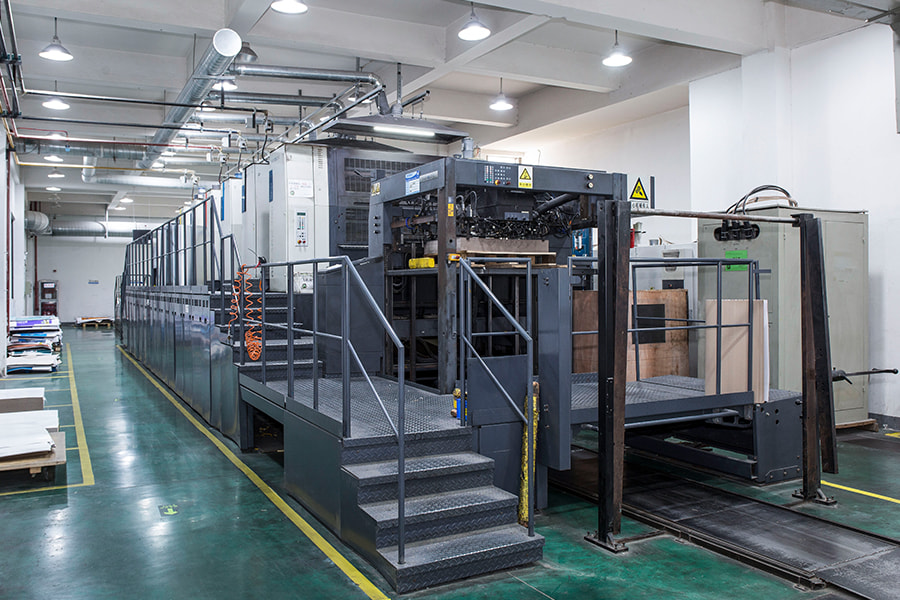
FAQ
How much weight can a standard PDQ display box typically support?
The weight capacity of a PDQ display box varies significantly based on material selection, structural design, and dimensions. A standard single-wall corrugated box might safely support 5-10 pounds, while a properly engineered double-wall heavy-duty PDQ box can handle 20-30 pounds or more. The specific capacity depends on factors like flute direction, interior supports, and base construction. Manufacturers like Suzhou New Century Color Printing Co., Ltd. conduct precise compression testing to determine exact weight capacities for their specific designs, ensuring displays meet actual retail requirements.
What are the most common structural failure points in PDQ boxes?
The most frequent failures occur at stress concentration points, including box corners experiencing racking forces, floor panels subjected to point loads from heavy products, and glued joints failing under prolonged stress. Bottom flaps can separate under heavy weights, and handle areas often tear if not properly reinforced. Understanding these common failure points allows for targeted reinforcement in structural PDQ box design, such as adding corner braces, implementing double-thickness floors, and specifying high-performance adhesives at critical joints.
How does humidity affect the load-bearing capacity of corrugated PDQ boxes?
Humidity significantly impacts corrugated strength, with high moisture levels potentially reducing compression strength by 50% or more. The paper fibers in cardboard absorb environmental moisture, weakening their structural integrity and making boxes more susceptible to crushing. For weight-specific PDQ packaging destined for humid environments or requiring extended shelf life, specify moisture-resistant coatings or consider alternative materials. Quality manufacturers address this through proper material selection and environmental testing to ensure consistent performance across different retail conditions.
What design features increase stability for tall, narrow PDQ displays?
Tall, narrow configurations present particular stability challenges that require specific engineering solutions. Increasing the base footprint relative to height lowers the center of gravity, while weighted bases or wider bottom profiles prevent tipping. Internal vertical partitions that extend fully from base to top create structural columns that resist bending moments. For extra stability in custom PDQ boxes with high aspect ratios, consider external buttresses or connecting multiple units together to create a more stable retail presentation.
How early in the design process should structural engineers be involved?
Structural engineering input should begin during the initial concept phase, well before finalizing aesthetics. Early collaboration ensures that load-bearing requirements inform the fundamental architecture rather than attempting to reinforce a problematic design later. Reputable manufacturers like Suzhou New Century Color Printing Co., Ltd. integrate engineering expertise throughout their design process, leveraging advanced equipment and technical force to create displays that balance visual impact with structural integrity from the earliest conceptual stages.


 Français
Français Español
Español عربى
عربى

